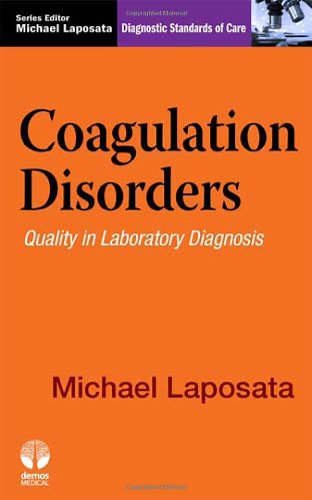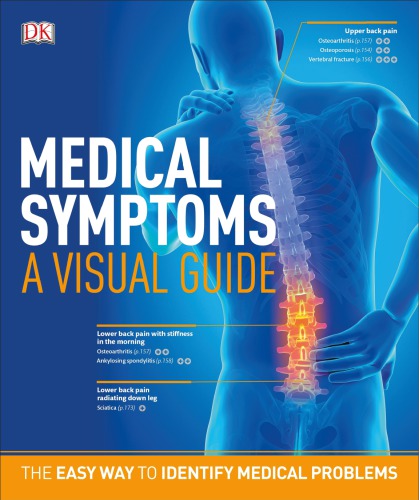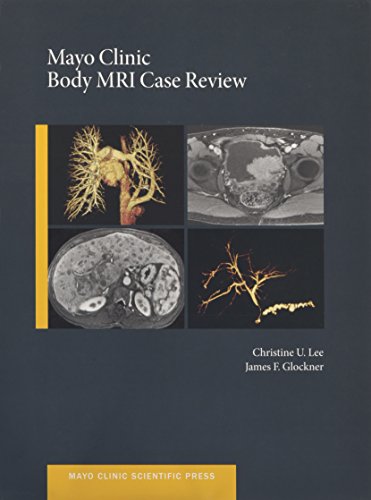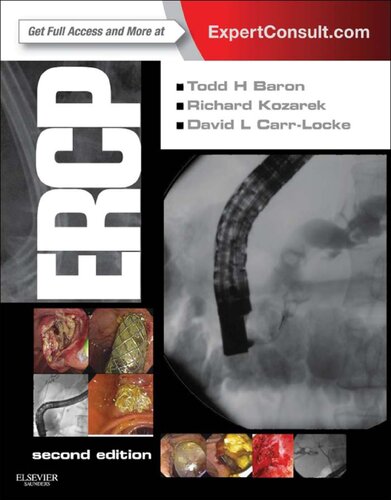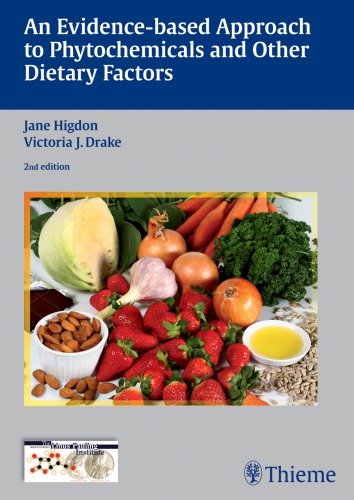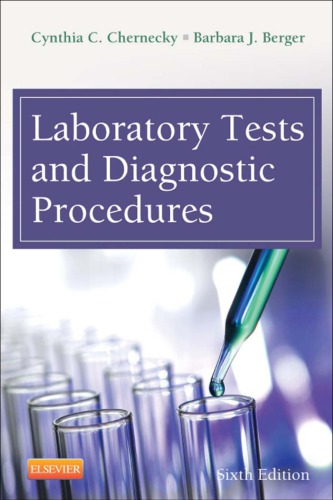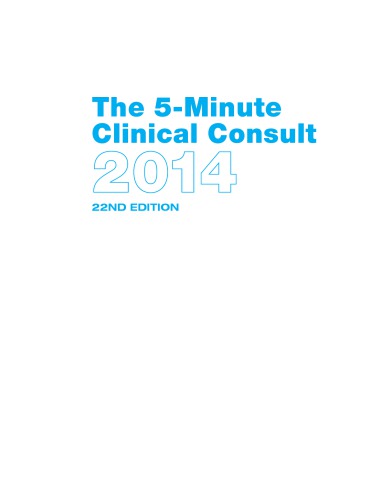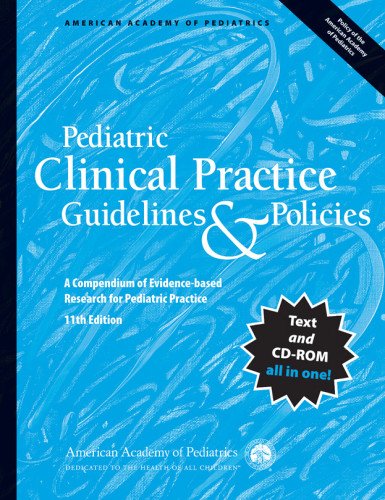اختلالات انعقادی: معیارهای تشخیصی مراقبت ۲۰۱۰
Coagulation Disorders: Diagnostic Standards of Care 2010
دانلود کتاب اختلالات انعقادی: معیارهای تشخیصی مراقبت ۲۰۱۰ (Coagulation Disorders: Diagnostic Standards of Care 2010) با لینک مستقیم و فرمت pdf (پی دی اف)
| نویسنده |
Michael Laposata |
|---|
| تعداد صفحهها |
136 |
|---|---|
| نوع فایل |
|
| حجم |
522 Kb |
| سال انتشار |
2010 |
89,000 تومان
معرفی کتاب اختلالات انعقادی: معیارهای تشخیصی مراقبت ۲۰۱۰
عنوان A Doody’s Essential 2012
هر روز پاتولوژیست ها با تست های آزمایشگاهی مواجه می شوند که با آنها ناآشنا هستند. یک آزمایش سفارشی نادرست یا تفسیر نادرست نتایج آزمایش می تواند منجر به خطاهایی شود که ایمنی بیمار را تهدید می کند.
اختلالات انعقادی طراحی شده است تا به آسیب شناسان، مدیران آزمایشگاه، تکنسین های پزشکی و دستیاران نشان دهد که چگونه از اشتباهات رایج در انتخاب آزمایش و تفسیر نتایج در انعقاد تشخیصی اجتناب کنند. با استفاده از یک رویکرد مبتنی بر مورد، هر فصل یک نمای کلی از یک تشخیص کلیدی، با موارد متعدد گویا، و سپس فهرستی از استانداردهای توصیه شده مراقبت مرتبط با مشکل را ارائه می دهد.
همانطور که برای پزشک در تشخیص اختلالات خونریزی و لخته شدن ضروری است که مسیر اقدام مناسب را برای تعیین تشخیص یا درمان مناسب برای بیمار بداند، همچنین لازم است بداند چه کاری را نباید انجام دهد. اجتناب از خطا اولین گام مهم برای بهبود نتایج بیمار و افزایش ایمنی بیمار است.
ویژگی های اختلالات انعقادی عبارتند از:
- تمرکز بر تعیین معیارهای مبتنی بر شواهد در آزمایش انعقاد.
- تصاویر واقعی خطاهای رایج و همچنین نتیجه این خطاها در نتایج بیمار و مدیریت آزمایشگاهی.
- نمونه هایی از خطاهایی که ایمنی بیمار را در تمام زمینه های کلیدی پزشکی آزمایشگاهی به خطر می اندازد
- اندازه جیبی برای قابل حمل بودن
در
مجموعه ای از مسائل کلیدی برای هر پزشک و شاغل آزمایشگاهی، خطرات و دانش کاری فعلی استانداردهای مراقبت از آزمایش های تشخیصی را از طریق دستورالعمل ها، مطالعات و آزمایشات کلیدی ارزیابی می کند. مجموعه استانداردهای تشخیصی مراقبت خطاهای رایج مرتبط با تشخیص در آسیب شناسی بالینی را با استفاده از نمونه های موردی برای نشان دادن تجزیه و تحلیل مبتنی بر شواهد موثر و استانداردهای فعلی ارائه می دهد. علاوه بر اینکه هر جلد راهنمای تشخیصی عملی است، استفاده از تضمین کیفیت و نقش پاتولوژیست در تضمین کیفیت و ایمنی بیمار را نشان می دهد.
Each day pathologists are faced with ordering laboratory tests with which they are unfamiliar. An incorrectly ordered test or error in interpreting test results can lead to mistakes that compromise patient safety.
Coagulation Disorders is designed to show clinical pathologists, lab managers, medical technologists, and residents how to avoid common errors in test selection and result interpretation in diagnostic coagulation. Utilizing a case-based approach, each chapter features a concise overview of a major diagnosis, with multiple illustrative cases, and then a list of recommended standards of care pertinent to the problem.
Just as it is essential for the practitioner in the diagnosis of bleeding and thrombotic disorders to know the appropriate course of action to establish a diagnosis or to appropriately treat a patient, it is equally essential to also know what not to do. Avoiding the mistakes is a critical first step to optimizing patient outcome and maximizing patient safety.
Features of Coagulation Disorders include:
- An emphasis on identifying established, evidence-based standards in coagulation testing
- Actual case illustrations of commonly seen errors as well as the result of those errors on patient outcome and laboratory management
- Examples of errors which compromise patient safety across all major areas of laboratory medicine
- Pocket-sized for portability
About the Series
A key issue for every laboratory and individual laboratory practitioner is the assessment of risk and a current working knowledge of the standards of care established for diagnostic testing via guidelines, major studies and trials. The Diagnostic Standards of Care series presents common errors associated with diagnoses in clinical pathology, using case examples to illustrate effective analysis based on current evidence and standards. In addition to being practical diagnostic guides, each volume demonstrates the use of quality assurance and the role of the pathologist in ensuring quality and patient safety."

